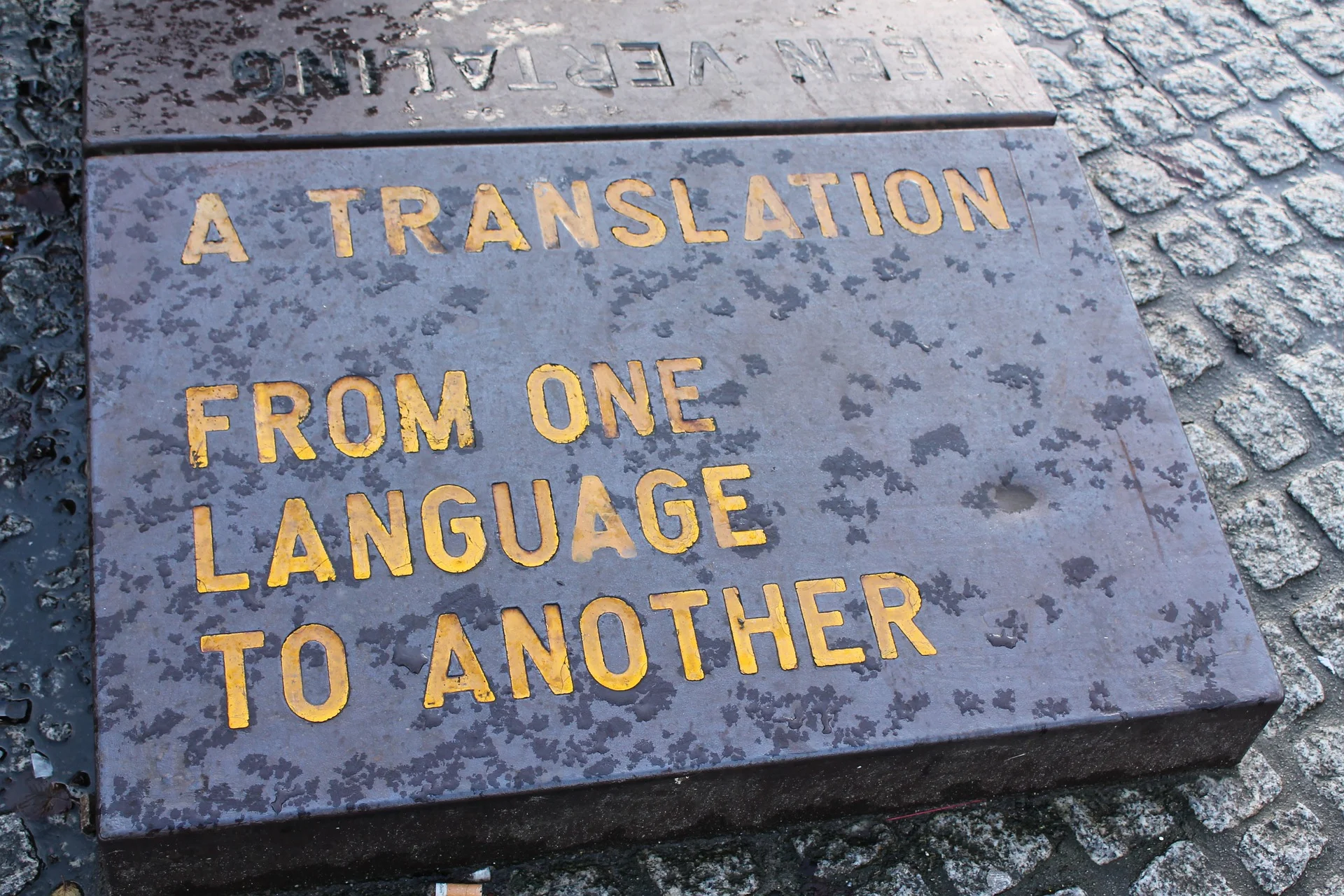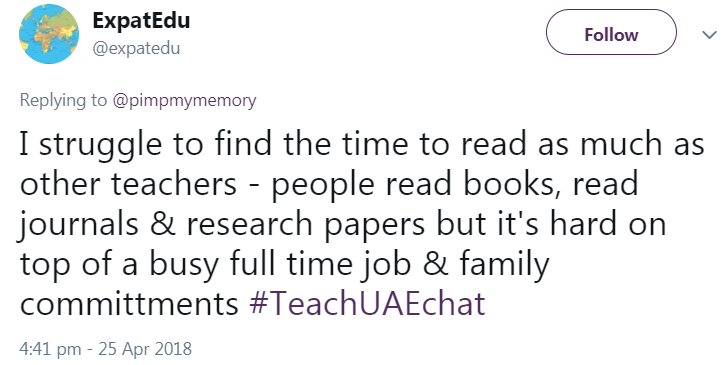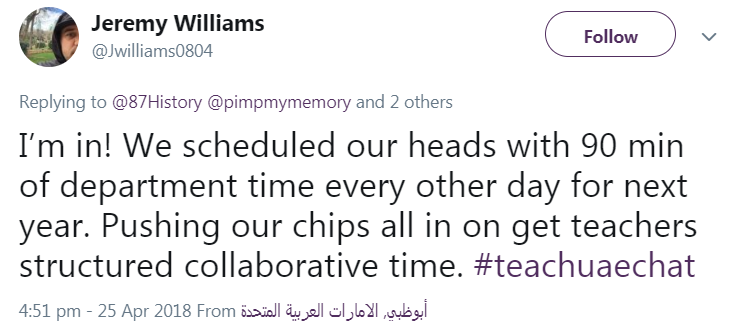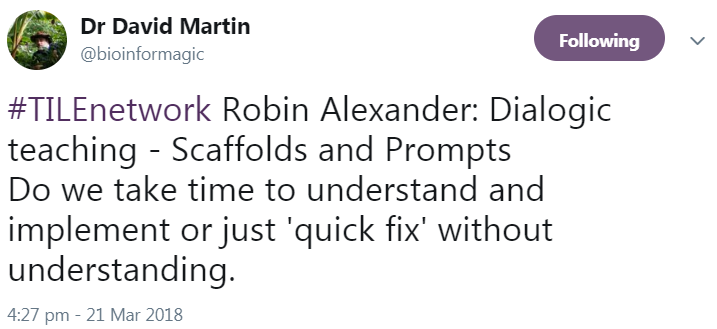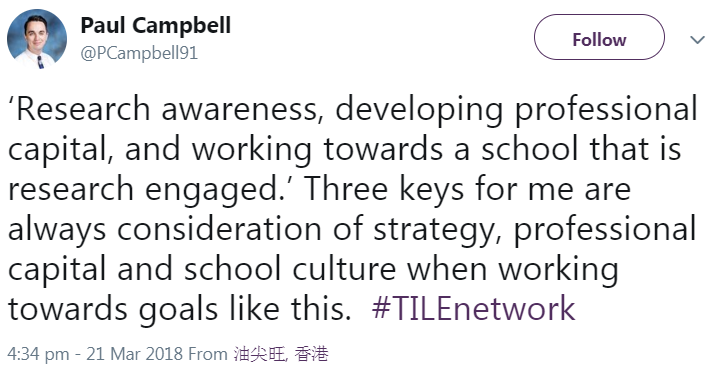Not Too Fast: Things To Consider Before Implementing New Strategies In Your Teaching
By Carolina Kuepper-Tetzel
I have recently founded the new Teaching Innovation and Learning Enhancement (TILE) at the University of Dundee. It’s a network that aims at bringing people from different disciplines and sectors together to discuss issues in education and ways to overcome them using research findings. TILE is currently run as an external speaker series.
Image from source
In March Mark Healy (Deputy Head Teacher in a secondary school in Coatbridge, co-organiser of ResearchED Scotland) gave a thought-provoking talk on “Nothing Works Everywhere: Evidence-based Approaches To Learning And Teaching“. He outlined his perspective of the current educational system and ways teachers and lecturers can start improving their own instruction practice by using evidence-informed strategies. In his talk, Mark raised three main aspects that need to be taken into consideration before diving into evidence-informed practice. Today’s post is a reflection of his talk and a reblog that was originally published on the TILE Network blog.
First point:
What evidence should teachers be using and basing their teaching on? There are many (too many) voices out there suggesting the next new teaching strategy in education. How can teachers trust was to use and what to stay away from? Mark explained that for teachers it is difficult to separate effective strategies from ineffective ones. They do not have the knowledge to identify the effective strategies nor the time to obtain this knowledge in order to make an informed decision. Thus, they need resources that provide them with the necessary know-how in order to make a decision. These resources need to be written in a way that clearly explains a teaching strategy (without jargon) and provides step-by-step guidelines on how to apply them in the classroom.
Image from Pixabay
Thus, if we want to start an educational system that is evidence-informed – and by evidence we mean based on rigour research in the learning sciences – we need to translate findings from research papers into guidelines that educators can understand and use. One scholarly outreach project that is currently doing this is – you may have guessed it – The Learning Scientists. As you know, we publish weekly blog posts that summarises research findings for teachers and students to use. Furthermore, we also offer free resources such as presentation slides, posters, bookmarks, and videos explaining the most successful learning strategies that research has revealed. Just browse our website and you will find lots of material that you can use.
Other great blogs and resources that can be of help can be found under Other Resources on our website. If you have not come across these yet, check them out.
Second point:
So, let’s say we have provided teachers with the resources and now individual teachers start implementing these evidence-informed strategies in their classrooms. What will be the success rate of this? According to Mark it will be relatively low, but why? He argues that the entire educational institution needs to stand behind and subscribe to this evidence-informed approach and provide teachers with time to actually learn about the strategies and provide room for discussions between teachers (task forces). He further explained that in his school there was a 6 months preparation period with multiple groups of teachers to introduce evidence-informed strategies properly. Teachers were given time and space to develop teaching strategies that were based on research. First step, was to identify a core task force group of teachers who engaged in reading of the research papers in order to obtain a clear understanding of them. Afterwards, the outcome of these readings and discussions were communicated to all other teachers. Only as a last step, concrete implementations were created and introduced as a general intervention.
Another crucial point here is: Don’t try to implement all strategies there are at once, but rather start with one strategy or max. two per academic year. You will have your hands full applying them properly. This takes us to the third point.
Third point:
The third and final point that I found important in Mark’s talk was that educators need to be aware that problems and issues in education don’t have a quick fix. Changes and implementation of effective strategies do take time – if the goal is to do this sustainably. Thus, strategies that promise to be a quick fix of general problems in education, should set off alarms because they probably are a fad or they are not communicated correctly.
In my view, this point is quite similar to learning strategies on an individual level: Whenever a study strategy seems completely effortless (e.g., highlighting, summarising, copying notes from one format into another), it will probably not result in long-lasting knowledge. On the contrary, when a study strategy feels effortful and hard work, it is very likely helping you to process and store knowledge in a deeper way that increases the likelihood of longer-lasting knowledge retention in the future.
The talk was originally live-streamed (as are all TILE talks) and below you can find a video of the talk plus Mark’s slides:
If you want to follow future TILE activities, feel free to follow the @TILEnetwork on Twitter and sign up for the network here.



